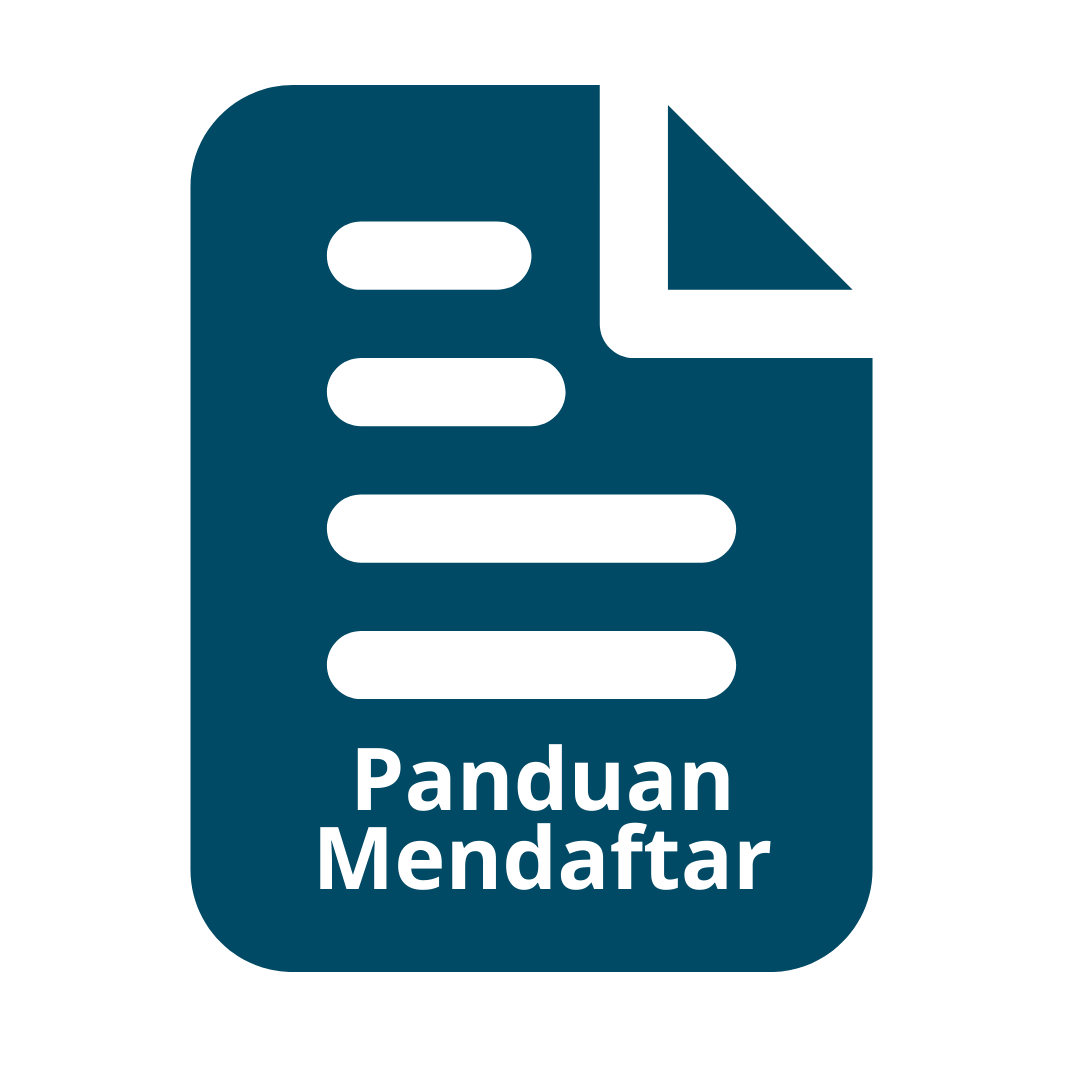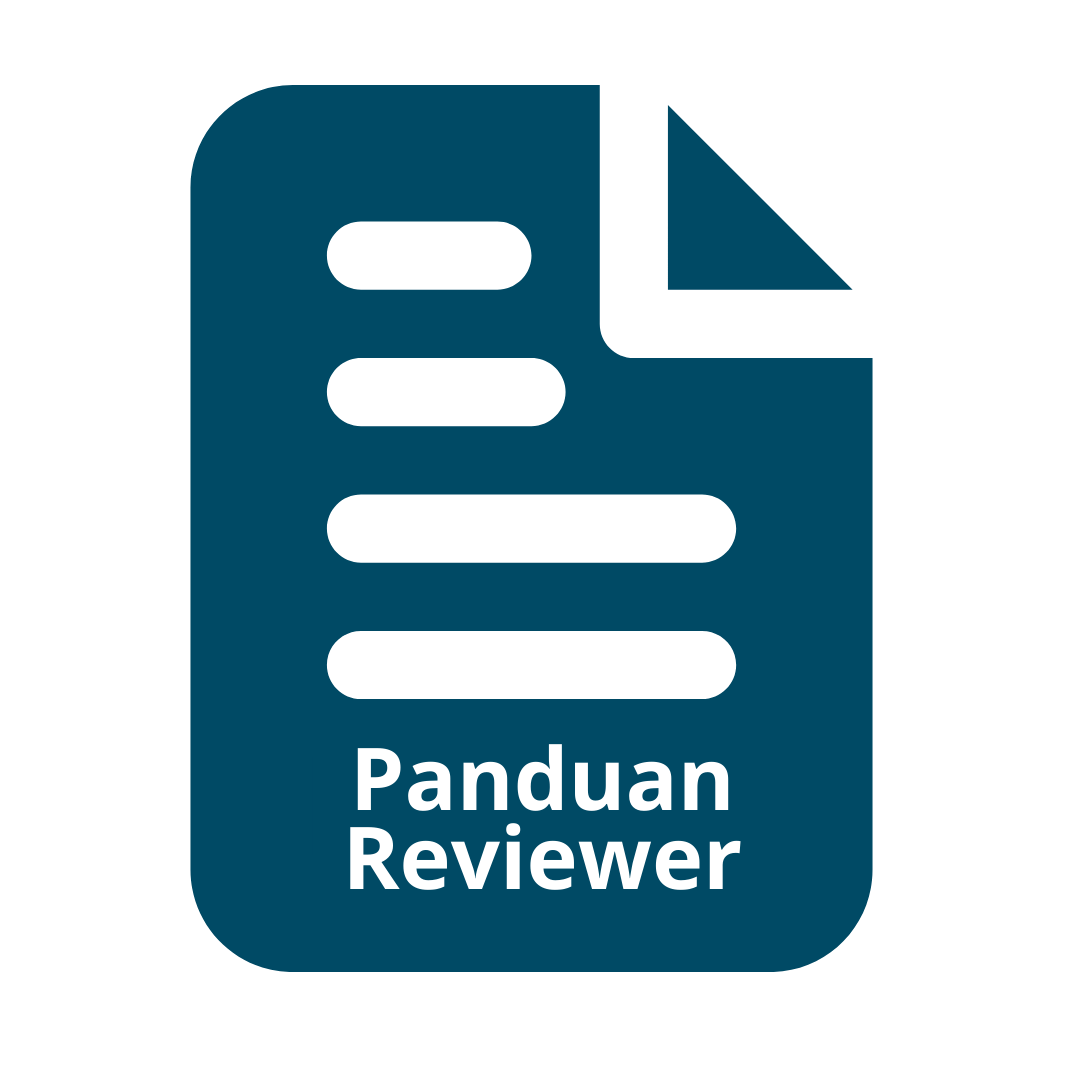Growth and Yield of Bestari Rice Varieties, Weeds Identification In Various Jajar Legowo Planting System and Fertilization
Abstract
The aim of this research was to determine the interactions between jajar legowo planting system and variations of fertilization on the growth and yield of bestari rice varieties. The research was conducted in Sentono, Karangdowo District, Klaten regency, Central Java. Research started in April to August 2016. The study uses factorial design with two factors. The first factor was the variation of fertilization that consists of three levels, namely: P1 was the dosage recommendation in the form of chemical fertilizer application which was Phonska 600 kg / ha, P2 = 50% chemical fertilizer dosage recommendation plus 10 ton / ha of BATAN’s organic fertilizer products; P3 = 50% chemical fertilizer dosage recommendation plus 10 ton / ha of organic compost product of the Faculty of Agriculture UPN "Veteran" Yogyakarta. The second factor was the variation of jajar legowo planting system, namely: J1 = 2:1, J2 = 3:1, J3 = 4:1. Each treatment was repeated 3 times and 3 samples per plot, 27 experimental plots in the size of 4 m x 4 m with plant space of 12,5cm x 25 cm x 50 cm. Based on further analysis of variance with Duncan's Multiple Range Test (DMRT) with a level of 5%, it showed that there was no interaction between jajar legowo planting system and fertilizing variation on all parameters of growth and yield. J1 which produced average number of tillers, leaf number, grain weight per hill best grain meanwhile it has the biggest grain weight per hill so it reduce the amount of yield. P2 has the highest tiller number meanwhile it has the biggest grain weight per hill so it reduce the amount of yield. Dominant weeds before planting is Leersia hexandra swartz (NJD 28.98%), dominant weed in almost all experimental plots at age 21 DAP Panicum repens and 42 DAP is Echinocloa colonum.
Keywords: bestari, weeds, jajar legowo, fertilization variations
Keywords
Full Text:
PDFReferences
Andriyanto, Agustinus. 2016. Kelimpahan Hama Penyakit Pada Berbagai Tipe Sistem Tanam Jajar Legowo dan Jenis Pupuk Terhadap Hasil Padi Varietas Bestari. Skripsi Fakultas Pertanian UPN “Veteran” Yogyakarta
Aryanto, A., Triadiati, Sugiyanta. 2015. Pertumbuhan dan Produksi Padi Sawah dan Gogo dengan Pemberian Pupuk Hayati Berbasis Bakteri Pemacu Tumbuh di Tanah Masam. JIPI, Vol. 20 (3): 229-235 Badan Pusat Statistik. 2015. Produksi, Luas Panen dan Produktivitas Padi di Indonesia
Darwis, S. N. 1979. Agronomi Tanaman Padi Jilid I. Lembaga Penelitian Tanaman Padi. Perwakilan Padang. 86 hal.
Lestari, D. F. N., Didik Indradewa, Rohlan Rogomulyo. 2012. Gulma di Pertanaman Padi (Oryza Sativa L.) Konvensional, Transisi, Dan Organik. Prosiding Fakultas Pertanian Gadjah Mada, Yogyakarta
Novizan. 2002. Petunjuk Pemupukan yang Efektif. Agro Media Pustaka. Jakarta.
Padmanabha, I Gede., I Dewa Made Arthagama & I Nyoman Dibia. 2014. Pengaruh Dosis Pupuk Organik dan Anorganik terhadap Hasil Padi (Oriza sativa L.) dan Sifat Kimia Tanah pada Inceptisol Kerambitan Tabanan. E-Jurnal Agroekoteknologi Tropika Vol. 3, No. 1.
Sitompul, S.M. & B. Guritno. 1995. Analisa Pertumbuhan Tanaman. Gajah Mada University Prees. Yogyakarta.
Smith, R. J. 1983. Weeds of major economic importance in rice and yield losses due to wee competition. p 19-35. In: Weed Control in Rice. International Rice Research Institute. Los Banos. 264 p.
Sutanto, R. 2000. Ketahanan Pangan dan Kesejahteraan Petani. Seminar Nasional Peringatan Hari Pangan Sedunia XX. DIY. Agro-Expo
__________.2006. Penerapan Pertanian Organik (Pemasyarakatan dan Pengembangannya). Kanisius. Yogyakarta
Suriapermana, S. 2002. Teknologi Budidaya Padi Dengan Cara Tanam Legowo Pada Lahan Sawah Irigasi. Badan Penelitian dan Pengembangan Tanaman Pangan. Balai Penelitian dan Pengembangan Pertanian. Sukamandi. p : 125 – 135.
DOI: https://doi.org/10.31315/agrivet.v22i2.4817
DOI (PDF): https://doi.org/10.31315/agrivet.v22i2.4817.g3499
Refbacks
- There are currently no refbacks.
Indexed by:









